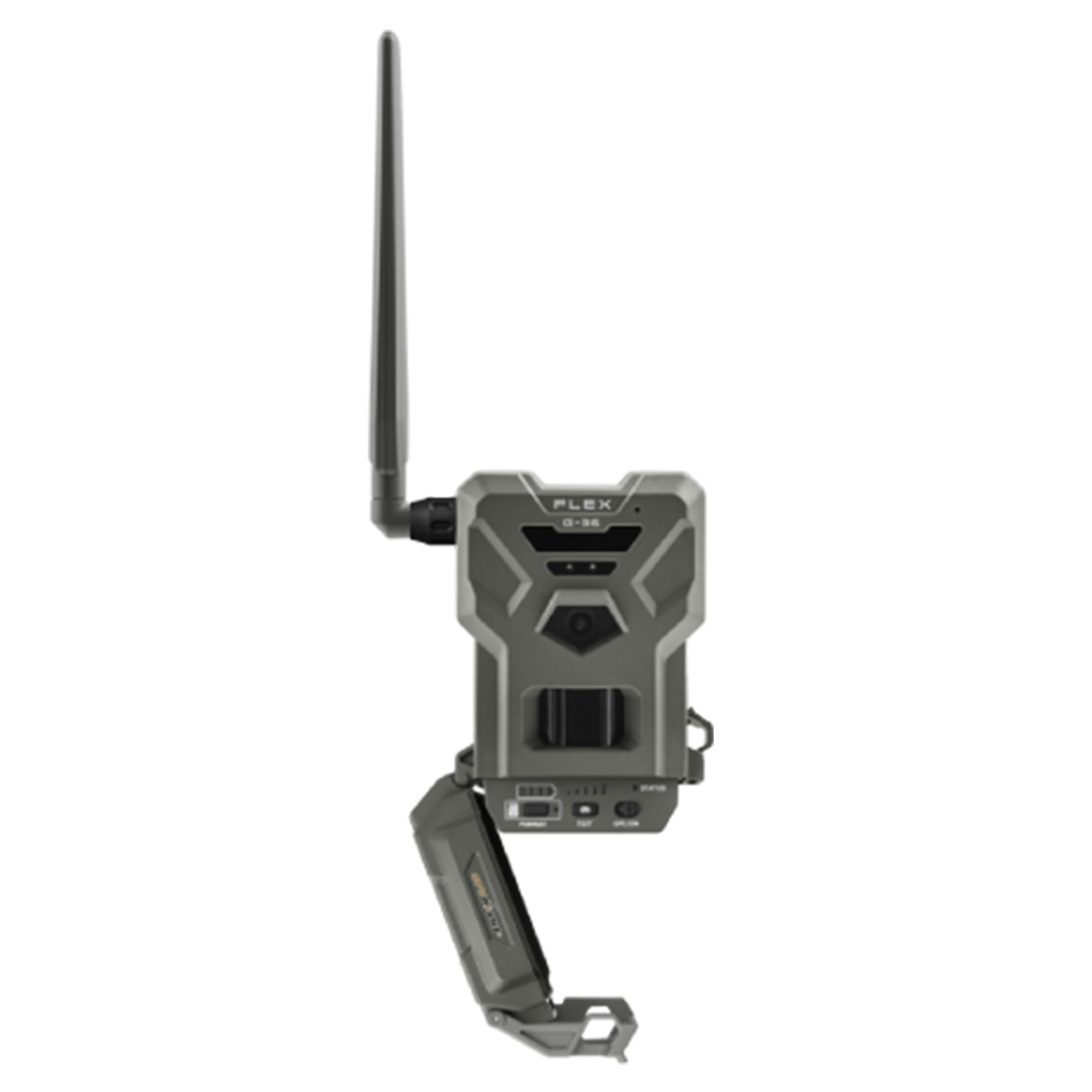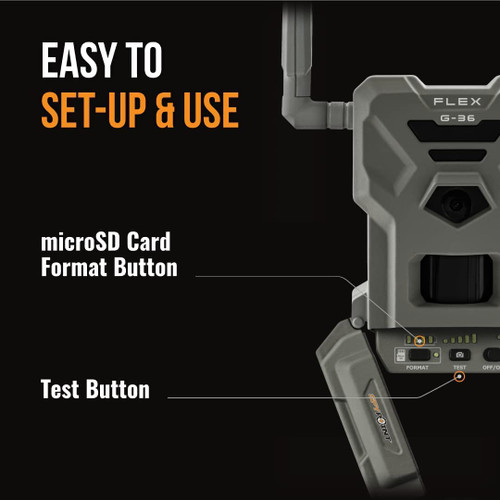Spypoint Flex G36 Vs Flex M
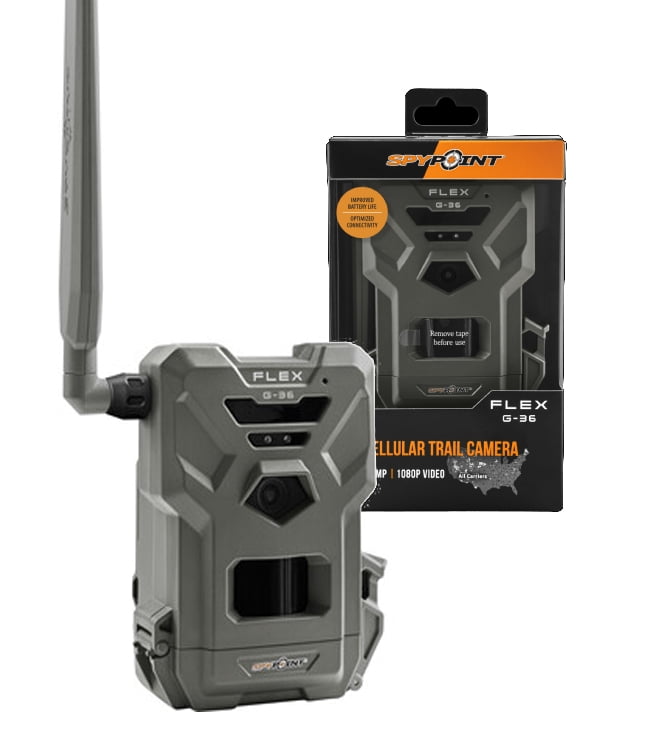
The world of wildlife monitoring and security has been revolutionized by trail cameras, offering a discreet and effective means of observing environments remotely. Two prominent contenders in this market, the Spypoint Flex G-36 and the Spypoint Flex M, are generating considerable buzz among outdoor enthusiasts, researchers, and property owners. The choice between these models represents a crucial decision that hinges on specific needs and priorities, demanding a thorough comparative analysis.
This article delves into a comprehensive comparison of the Spypoint Flex G-36 and Flex M trail cameras, analyzing their key features, performance metrics, and value propositions to equip readers with the information necessary to make an informed purchase. We'll examine their image quality, transmission capabilities, battery life, and overall suitability for various applications, drawing upon manufacturer specifications and real-world user feedback.
Image and Video Quality
A trail camera's image and video quality are paramount for effective monitoring. The Spypoint Flex G-36 boasts a 36-megapixel camera, capturing detailed images and high-definition videos.
The Flex M, on the other hand, features a 33-megapixel sensor. While both offer impressive resolution, the G-36 technically offers slightly more detailed image captures.
Both cameras are equipped with infrared flash technology for nighttime illumination. This allows for clear image capture even in low-light conditions.
However, the specific infrared technology might differ slightly between the two, potentially impacting the range and clarity of nighttime images. Users should compare specifications on Spypoint's website for exact details.
Transmission Capabilities
One of the key features of both the Flex G-36 and the Flex M is their ability to transmit images and videos wirelessly. They both leverage cellular networks to send data to the user's mobile device or computer.
The G-36 is designed to connect to various cellular networks, including those in areas with weaker signals. This broader compatibility can be a significant advantage for users in remote locations.
The Flex M also offers reliable cellular connectivity, but the specific network compatibility might differ slightly. Users should verify compatibility with their local cellular providers.
Both cameras use the Spypoint app for managing settings, viewing images, and monitoring battery life. This streamlined user experience is a major selling point for both devices.
Battery Life and Power Management
Trail camera battery life is crucial, especially for long-term deployments. Both the Flex G-36 and the Flex M are designed for efficient power consumption.
However, actual battery life can vary significantly based on factors like transmission frequency, image resolution, and environmental conditions. Colder temperatures, for example, can reduce battery performance.
Spypoint recommends using lithium batteries for optimal performance in both models. These batteries offer superior cold-weather performance and longer lifespans.
Users can also connect external power sources to extend battery life even further. This is a viable option for stationary applications.
Detection Range and Trigger Speed
The detection range and trigger speed of a trail camera determine its ability to capture subjects effectively. Both the Flex G-36 and Flex M boast impressive detection ranges and trigger speeds.
The G-36's detection range is advertised as up to 100 feet. This extended range allows for earlier detection of movement.
The Flex M also offers a comparable detection range, although exact specifications may vary. Refer to the official documentation for precise figures.
Both cameras are engineered with fast trigger speeds, minimizing the chance of missing subjects as they move through the detection zone. A fast trigger speed can be crucial for capturing clear images of fast-moving animals.
Durability and Weather Resistance
Trail cameras are exposed to harsh environmental conditions, necessitating robust durability and weather resistance. Both the Flex G-36 and the Flex M are built to withstand the elements.
They feature rugged housings designed to protect against rain, snow, and extreme temperatures. This is essential for reliable performance in diverse climates.
The Flex G-36 and Flex M are generally considered reliable in terms of durability. User reviews indicate that they can withstand typical outdoor conditions effectively.
However, extreme weather events could potentially impact the camera's long-term performance. Regular maintenance and proper placement can help to mitigate risks.
Pricing and Value Proposition
Price is a crucial factor in any purchasing decision. The Spypoint Flex G-36 and Flex M occupy different price points in the trail camera market.
The G-36 typically commands a slightly higher price due to its advanced features and broader cellular compatibility. This makes it a premium option for users who need the best possible performance.
The Flex M offers a more budget-friendly alternative, providing excellent performance at a more accessible price point. It's a great choice for users who don't need all the bells and whistles of the G-36.
Ultimately, the value proposition of each camera depends on the user's specific needs and budget. Careful consideration of these factors is essential.
Conclusion
Choosing between the Spypoint Flex G-36 and the Flex M requires careful evaluation of individual needs and priorities. The G-36 offers a slight edge in image quality and cellular compatibility, making it ideal for users who demand top-tier performance.
The Flex M provides a compelling balance of performance and affordability, making it a great option for a wider range of users. User should examine Spypoint's web page for the most updated features and specifications.
As technology advances, future trail camera models will likely incorporate even more sophisticated features, such as AI-powered image recognition and improved battery efficiency. This will continue to drive innovation in wildlife monitoring and security applications.
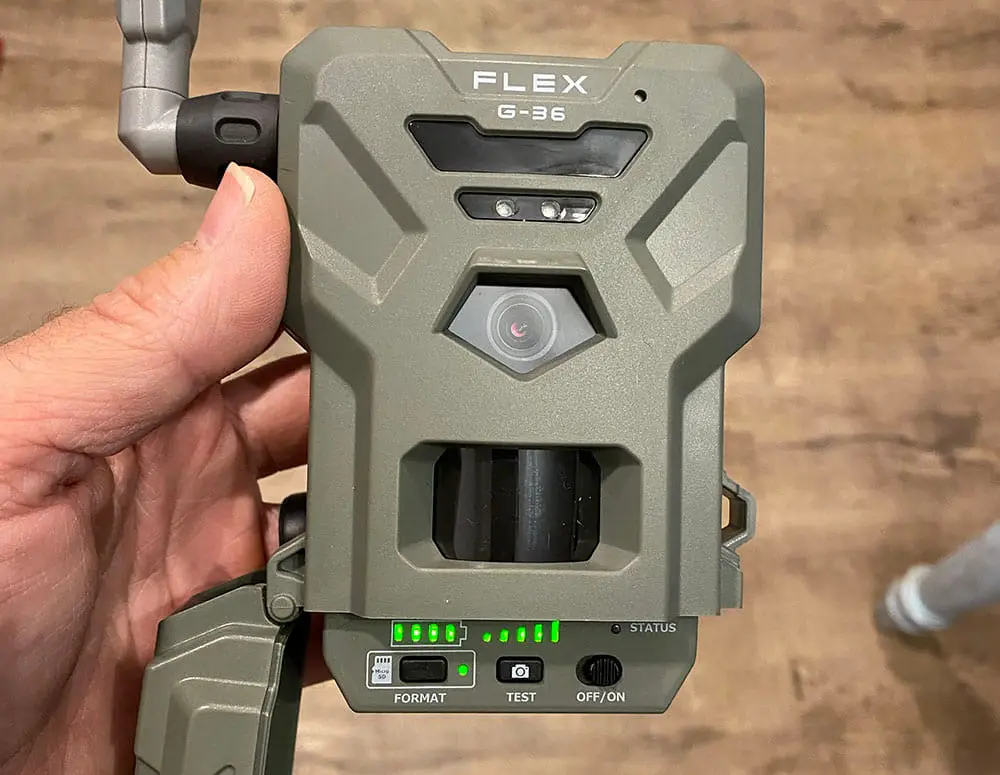
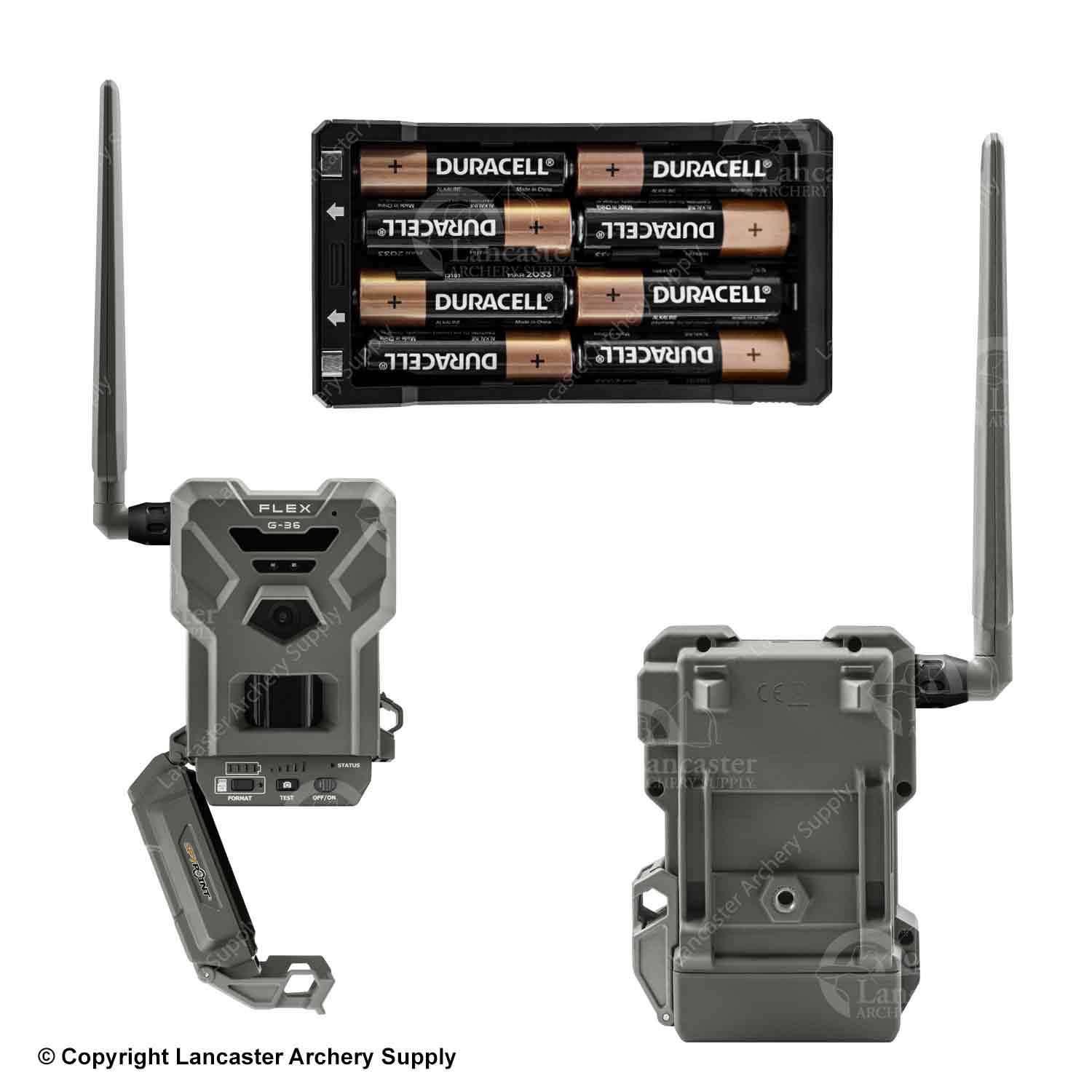

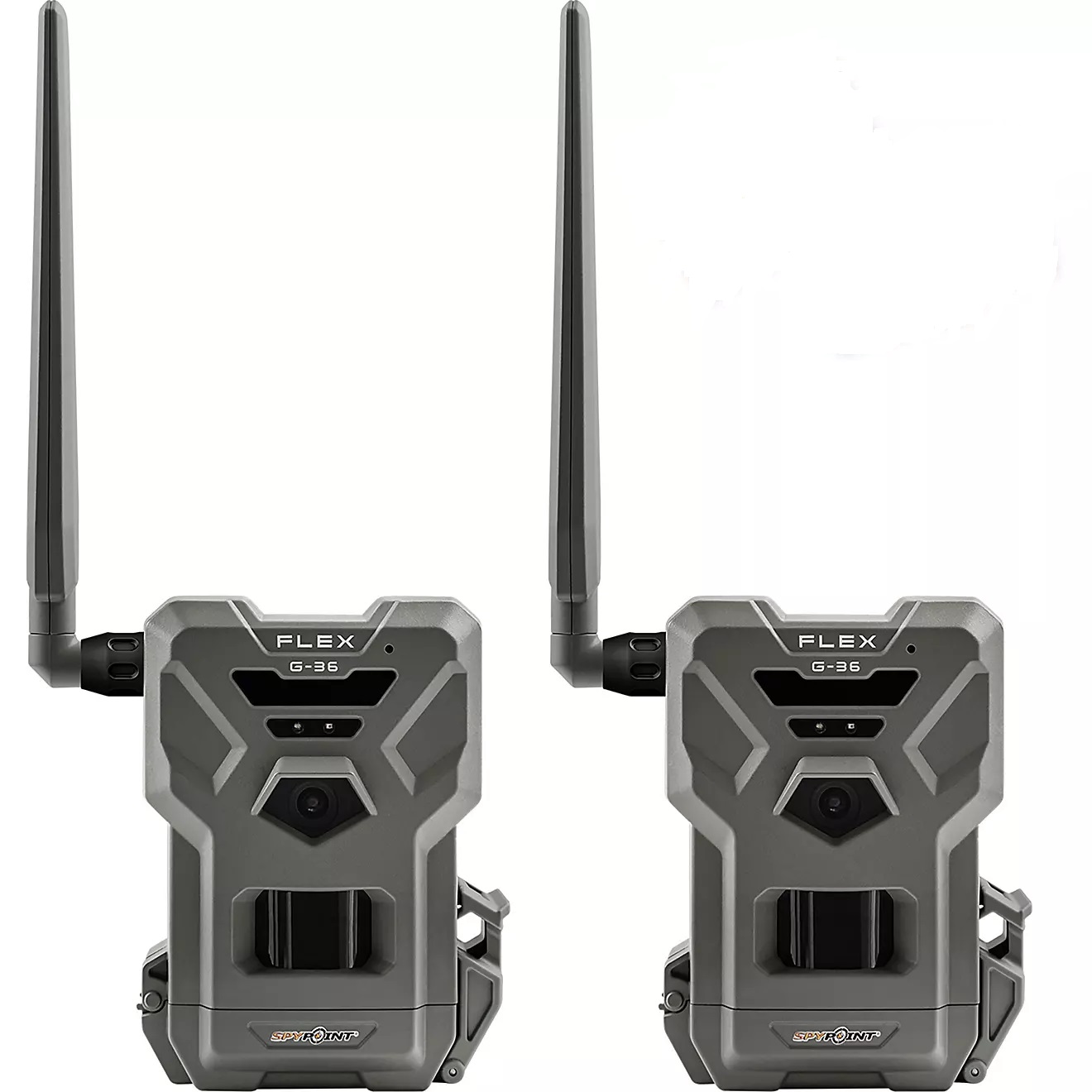

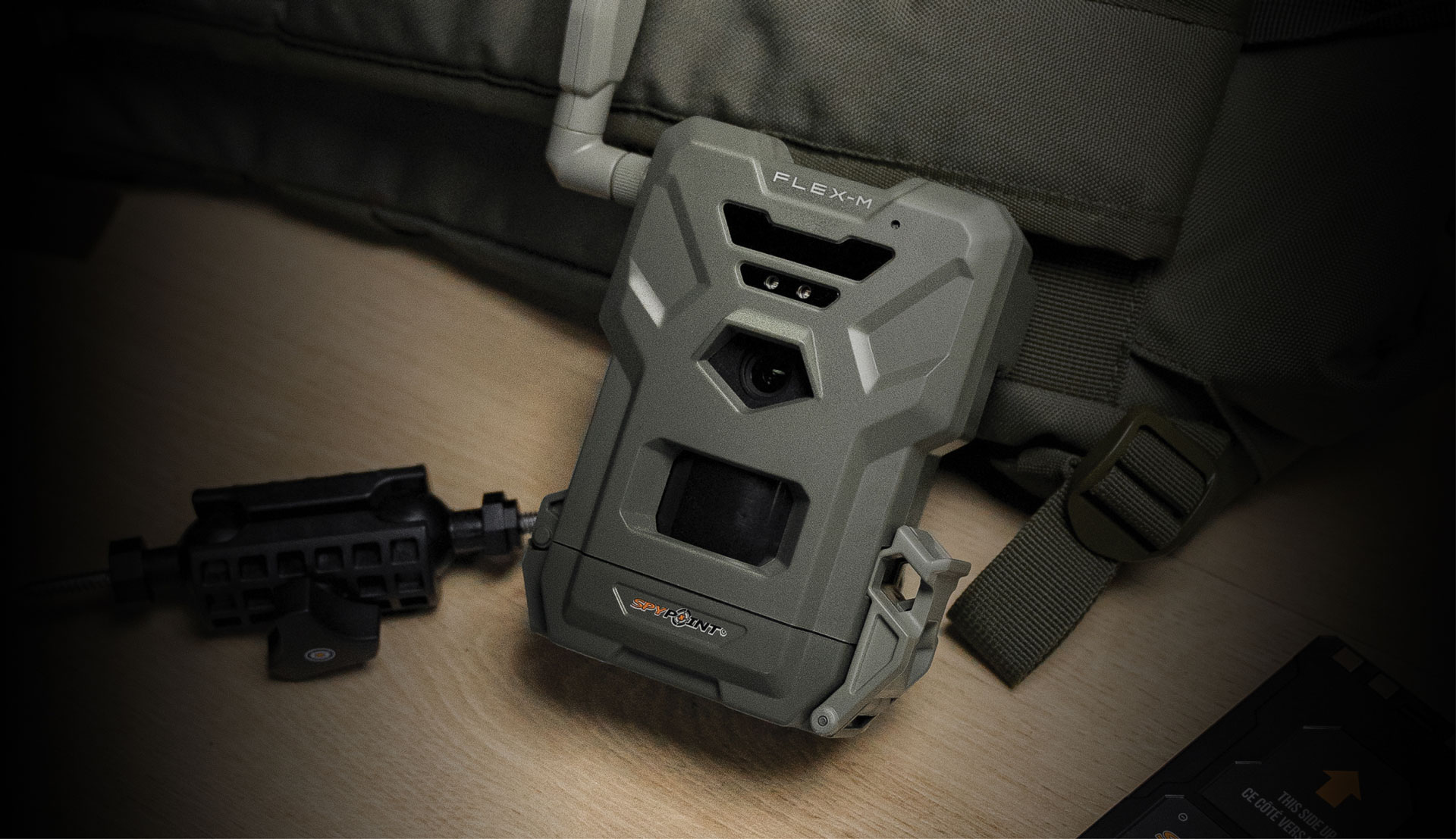



![Spypoint Flex G36 Vs Flex M Spypoint Flex Specifications & Review [2023]](https://www.trailcamworld.net/wp-content/uploads/2022/10/Spypoint-Flex-Photo.png)


